Cloud types: confused about which cloud is which?
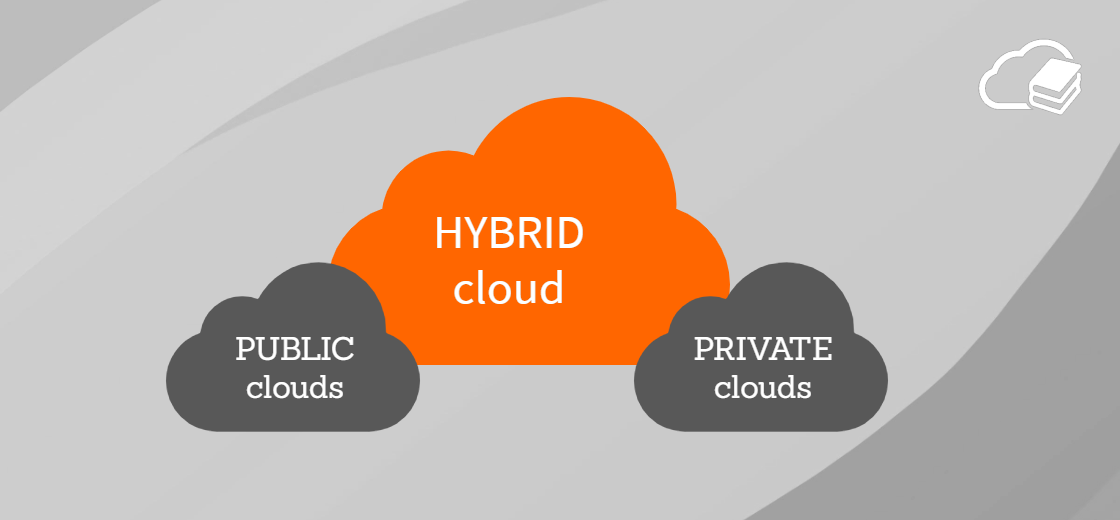
There is no cloud like the cloud. Private/virtual/multi/hybrid cloud... What is the difference between them? Let's show the different types of cloud with concrete examples.
Martin Gavanda
Edited 3 Oct 2023
Over the last decade, in providing cloud services He has heard many expert definitions of cloud types and even more non-expert ones. So I would like to make them clear and give some examples of what each term means.
Now you'll never get it wrong!
Private cloud
Private cloud infrastructure is typically is located on-premise in the customer's data centre and is used only by the customer. To be able to talk about a private cloud solution, it is necessary to provide at least the basic prerequisites cloud computing - i.e. automation of solution layers, self-service access to services for internal teams or transparent billing.
Some of the traditional hardware vendors allow you to run hardware infrastructure as a servicewhere the customer pays only for defined resources consumed - for example, storage or memory usage, which is an ideal prerequisite for running a private cloud solution (Cisco Open Pay or HPE Flexible Capacity Service).
Similarly, it is possible to build a private cloud on some technologies such as OpenStack or VMware, or a combination of other technologies, mainly related to containerisation. Typically, these are standard unmanaged IaaS services without advanced features.
To build a private cloud, you need a strong business case, especially on the comfort side of the service. Fear of public cloud and undeveloped compliance, financial and IT strategy is not a sufficient argument.
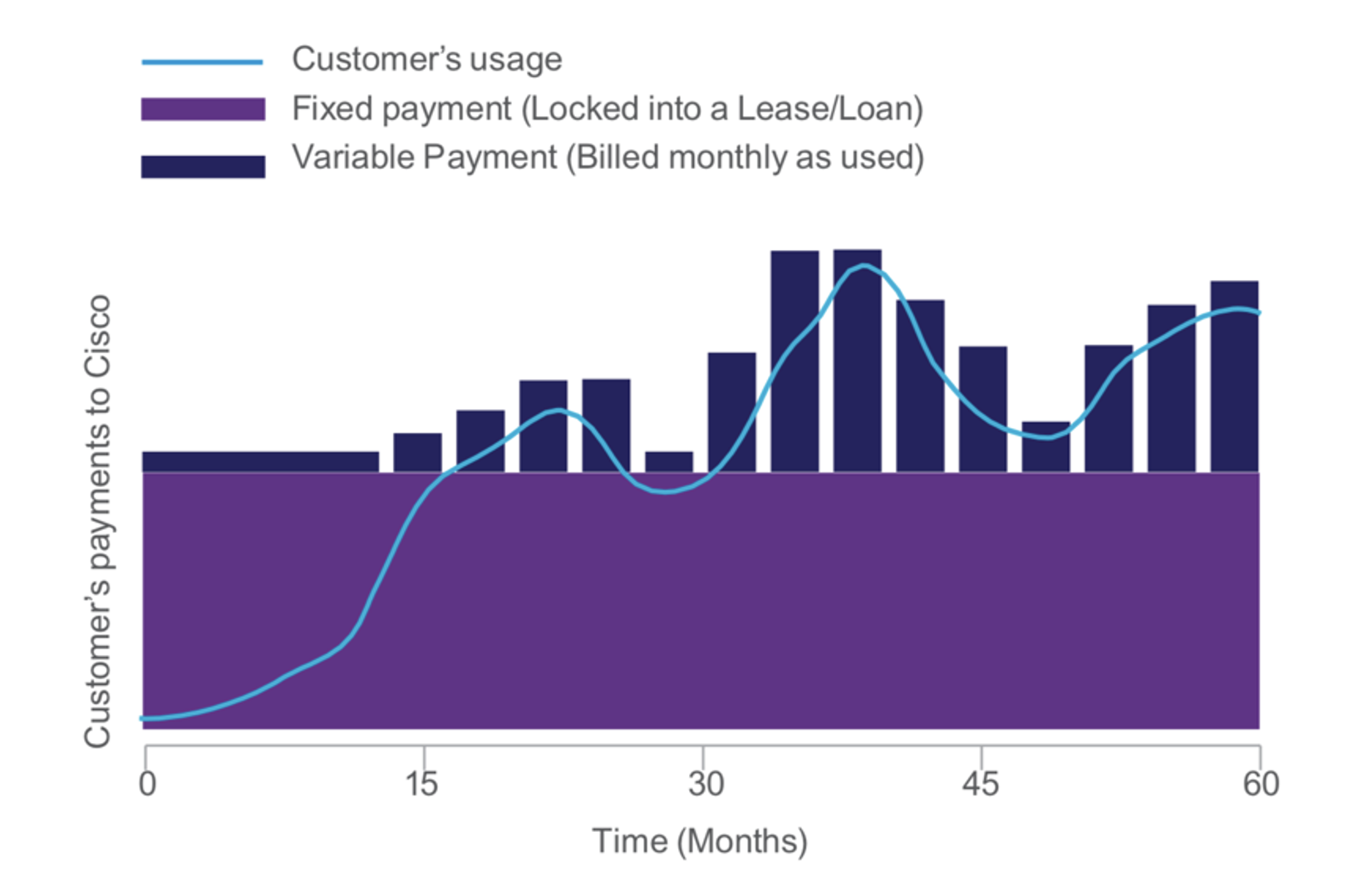
Managed (hosted) private cloud
This is a variant of the private cloud solution, however, in this case the infrastructure operated by the service provider. All operational aspects of the solution are transferred to the service provider and the customer only uses the agreed resources.
Again, the infrastructure must be dedicated to a specific customer and not shared between multiple customers. In most cases, this infrastructure is operated in the service provider's data centre, but it can also be operated on-premise at the customer's site.
Virtual private cloud
This type of private cloud service is designed primarily for smaller companies. The customer has at his disposal (as in the case of private cloud) clearly defined resourcesthat it can use, however, the hardware itself for the operation of the service is shared by multiple customers.
Virtual private cloud brings a lower price compared to dedicated infrastructure, but also several potential problems:
- Transferability of licenses: Some software vendors allow the use of existing licenses if the cloud infrastructure is dedicated. If the physical infrastructure is shared, the use of existing licenses (e.g. Microsoft or Oracle) may not be possible.
- Predictable performanceA: As the physical infrastructure is shared by multiple customers, the quality of service between customers may be affected. In this case, it is crucial to focus on SLAs, and in particular on "performance" SLAs - that is, not only the guarantee of service availability, but also the guarantee of service performance.
- Limited resource flexibility: Due to the smaller number of customers, the provider is not always able to respond immediately to the high demand for resources (like the public cloud) and the service offering is also simpler.
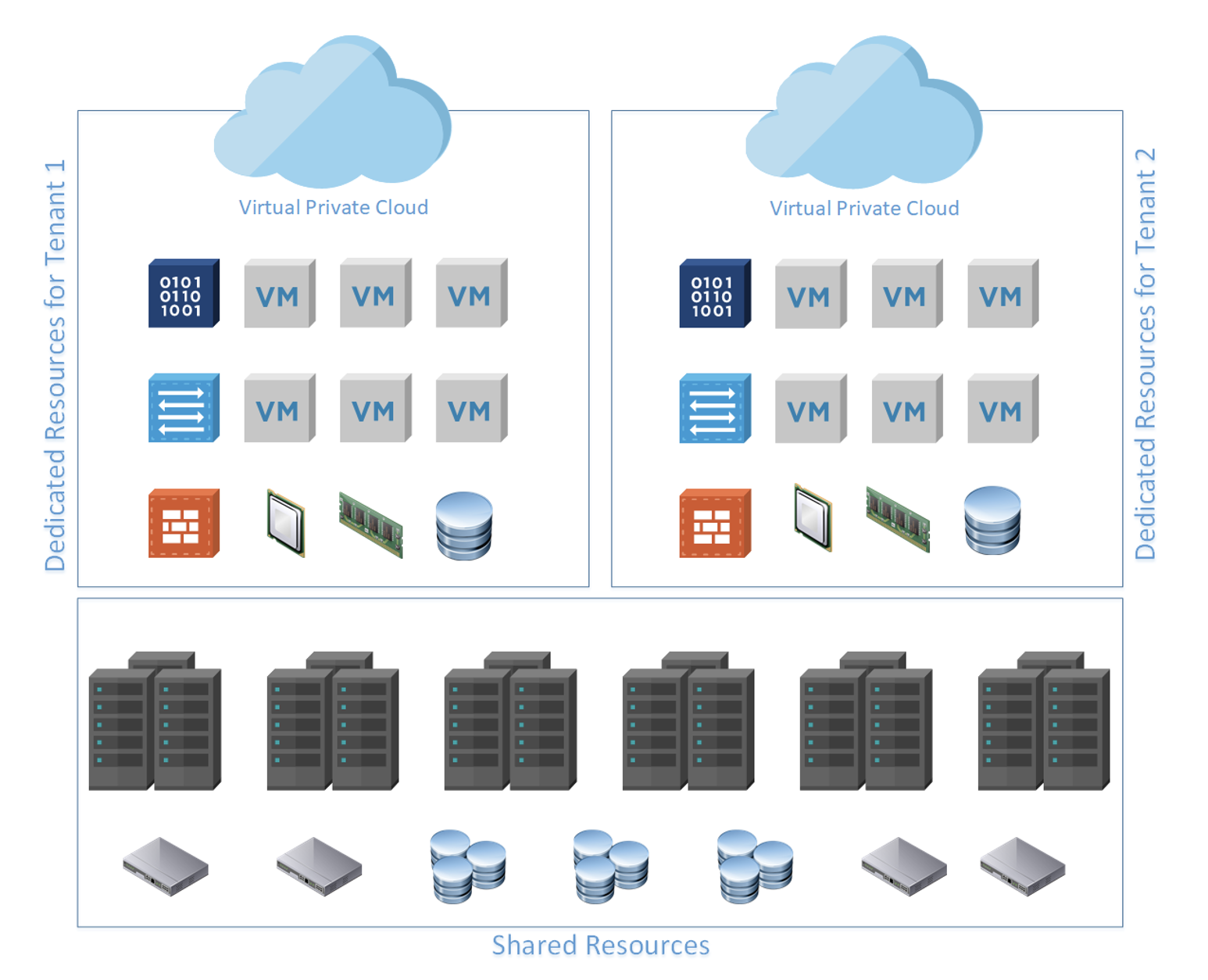
Public cloud
Public cloud is shared large-scale infrastructure operated by a service provider. The service provider is responsible for the overall operation and management of all aspects of the cloud environment (hardware, software, data centre) and the customer only uses the service.
In practice, this means that there is shared responsibility modelwhich clearly defines the scope of activities that are the responsibility of the service provider and the activities that are the responsibility of the public cloud user.
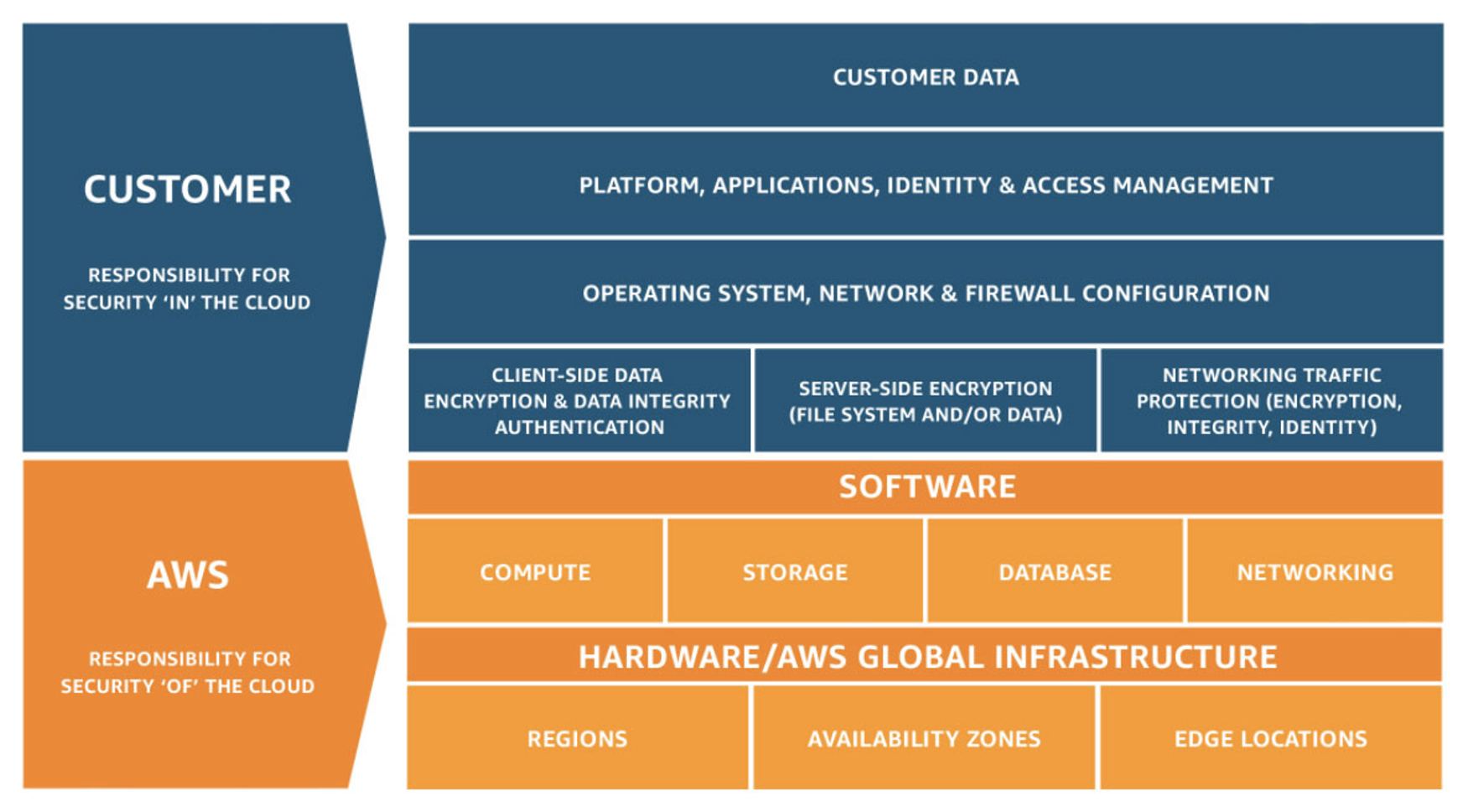
Public cloud no less does not mean that the customer's virtual infrastructure is available to anyone (to the audience). Within this solution, it is possible to run any internal applications that are available only to internal employees, for example. It is even possible to build a dedicated connection to the cloud provider's node.
Public cloud resources can be securely separated into publicly available and in-house services, just as they would be at the physical layer in your own datacenter.
The most popular public cloud platforms include Amazon Web Services, Microsoft Azure a Google Cloud Platform.
Services in the public cloud are divided into IaaS (Infrastucture as a Service), PaaS (Platform as a Service) and SaaS (Software as a Service), depending on the level to which the provider itself takes care of the system.

Multicloud
Due to exit strategies, price optimization or technological and other conditions, large companies use more public cloud providers. A true multicloud approach connects cloud resources to each other, uses the same process approach, manages resources from one layer with tools that control all clouds at once, and reports costs in the same form.
There may also be many practical reasons for this approach. For many companies, it may be intuitive to migrate Microsoft Active Directory to Microsoft Azure, but at the same time use Amazon Web Services for application infrastructure.

Hybrid cloud
The term hybrid cloud typically means operation of interconnected public and private cloud. Hybrid cloud should be characterised by comprehensive management and control of the entire environment using a unified solution. For example, connecting private and public clouds using a VPN is not considered a hybrid cloud.
The tools for running a hybrid cloud should be generic and allow for the interconnection of different types of environments (VMware, Hyper-V, OpenStack) and various service providers (at least Amazon Web Services a Microsoft Azure).
The user should be able to define generic service templates (blueprints) and then run these in a simple way in different supported environments. Typical hybrid cloud functionality is seamless migration of services between environments according to current requirements.
Central management of security policies and controls across all supported infrastructures should be an integral part of this solution.
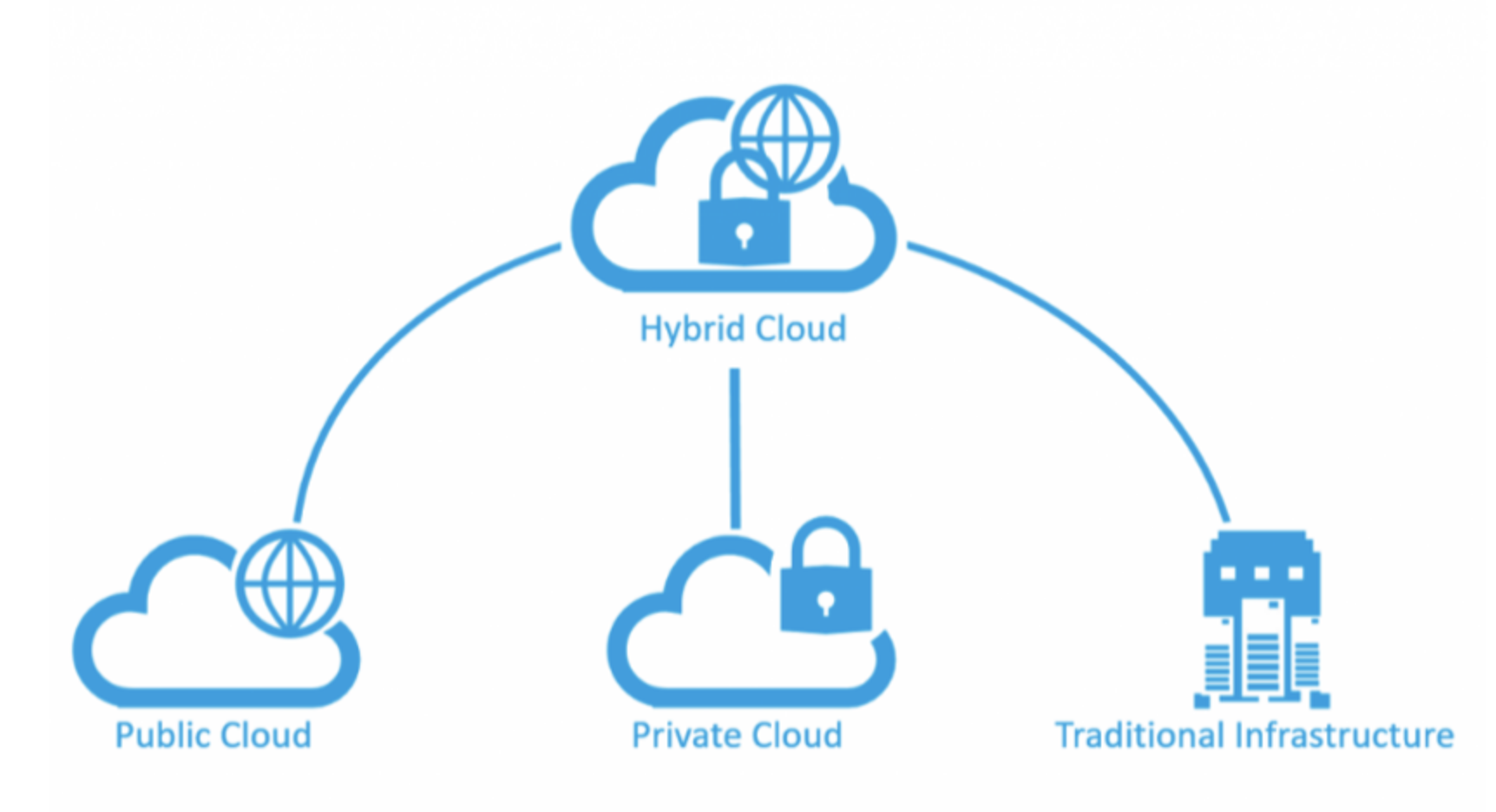
If I've messed with your head a bit, I'd better summarise:
Cloud types:
- Private cloud - hardware and virtualization platform dedicated to a specific company, but with cloud capabilities
- Managed private cloud - provider-managed private cloud
- Virtual private cloud - hardware and virtualization with cloud capabilities, one hardware infrastructure shared by several customers
- Public cloud - complete resource abstraction and virtualization provided in virtually unlimited capacity
- Multicloud - optimising infrastructure with multiple public clouds
- Hybrid cloud - optimizing infrastructure with a combination of private and public cloud
I believe that now the division is clearer and you can safely distinguish between the different types of cloud. Next time, as part of our Cloud Encyclopedia we'll look at how to assess an organization's cloud maturity.




